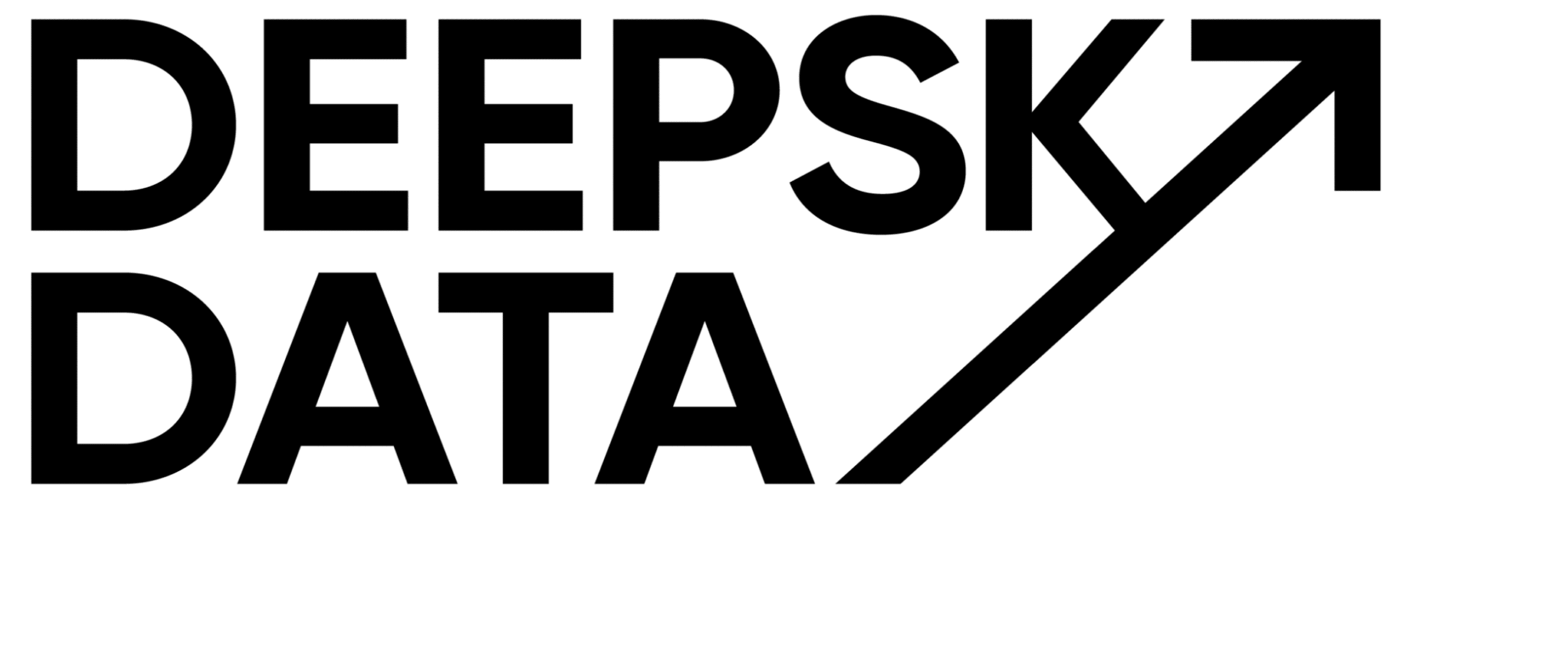I recorded another podcast episode – this time with Jonas Thordal from Weld
Dear Data-Traveller, please note that this is a Linkedin-Remix.
I posted this content already on Linkedin in July 2022, but I want to make sure it doesn’t get lost in the social network abyss.
For your accessibility-experience and also for our own content backup, we repost the original text here.
Have a look, leave a like if you like it, and join the conversation in the comments if this sparks a thought!
Screenshot with Comments:

Plain Text:
Listen to my conversation with Jonas from Weld to learn more about deciding on a data stack, the benefits of an integrated platform, and how to start with data in your company.
(Link in the comment)
It’s so much fun to build your data stack bundle by combining 2, then 5, then ten different tools. The significant promise of best-of-breed is that you shop for the best solutions and just connect them with the promise that you can always swap solutions when something better comes up. That’s the theory.
So why would you use a platform that is doing 4-5 things that single tools could do for you as well?
– You definitely save time by getting everything running
– You don’t have to learn four tools, just one
– You just make one contract/subscription instead of 4
These can be compelling reasons.
But in my conversation with Jonas from Weld, I learned about a significant benefit that is not obvious in the first place. The meta layer.
What is the meta layer? An integrated platform knows everything from ingesting, modeling, storing, and activating. Because it all happens in one place, they can run monitoring on top and do deep lineage. They simply know how data moves from a to b to c. They can even know how much costs you generate at the moment in your cloud setup and can advise you on savings.
This is an immense benefit over best-of-breed solutions where you have to create the meta layer yourself (or believe that data ops, monitoring, or catalog tools do it for you).

